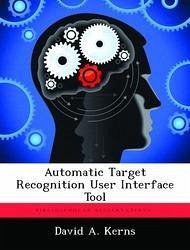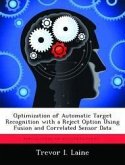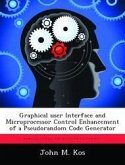A computer tool to aid in selecting the best Automatic Target Recognition (ATR) algorithm is developed. The program considers many quantifiers, accepts user-defined parameters, allows for changes in the operational environment and presents results in a meaningful way. It is written for Microsoft Excel. An ATR algorithm assigns a class label to a recognized target. General designations can include "Friend" and "Foe." The error of designating "Friend" as "Foe" as well as "Foe" as "Friend" comes with a high cost. Studying each algorithm's error can minimize this cost. Receiver Operating Characteristic (ROC) curves provide only information on the probabilities given a system state of declaring up to three class labels: "True," "False" or "Unknown." Other quantifiers, including an alternate ROC curve, are developed in this study to provide information on the probability of a system state given any of multiple declarations, which is more useful to the user. Sensitivity to prior probabilities, suggestions for user-defined parameters and areas for future research are identified as the User Interface Tool is described in detail in this thesis.
Hinweis: Dieser Artikel kann nur an eine deutsche Lieferadresse ausgeliefert werden.
Hinweis: Dieser Artikel kann nur an eine deutsche Lieferadresse ausgeliefert werden.








